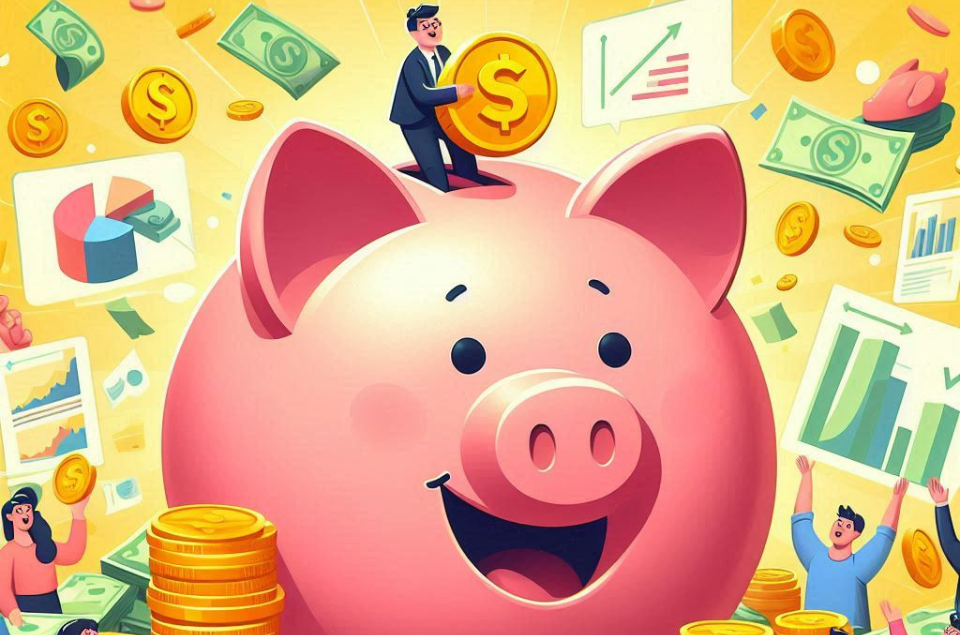
Understanding the Maximum Personal Loan Amount in India
Understanding personal loans can be confusing, especially when figuring out how much money you can borrow. If you want to pay for a wedding, medical bills, or combine debts, it’s important to know the maximum personal loan amount you can get. This blog will explain the basics of personal loans in India in a simple way, so everyone can understand.
What is a Personal Loan?
A personal loan is a type of loan that you can use for many things, like paying for a trip or fixing your home. You don’t need to give anything as security, which means it’s unsecured. Banks and non-banking financial companies (NBFCs) offer these loans. You can borrow anywhere from ₹50,000 to ₹50 lakhs, depending on how much money you make, your credit score, and how well you can pay it back. Knowing the maximum personal loan amount you can get is important!
Maximum Personal Loan Amount
The maximum personal loan amount you can borrow depends on a few important things:
- Income: How much money you earn each month is very important. Lenders usually calculate how much you can borrow based on your monthly income. They might allow you to borrow 10 to 24 times your income.
- Credit Score: If you have a good credit score (above 750 is great), you can borrow more money. Lenders think people with good credit are safer to lend to.
- Job Type: If you have a regular job, you might get different loan amounts compared to someone who works for themselves. For example, self-employed people can often borrow between ₹20 lakhs and ₹30 lakhs.
How Much Can You Borrow?
Here’s a simplified table illustrating how much you might be eligible for based on your monthly salary:
| Monthly Salary | Maximum Loan Amount |
|---|---|
| ₹15,000 | ₹2.25 Lakhs |
| ₹30,000 | ₹4.50 Lakhs |
| ₹50,000 | ₹7.50 Lakhs |
| ₹1,00,000 | ₹15 Lakhs |
This table shows that as your salary increases, so does your maximum potential loan amount.
Factors Influencing Eligibility
When you want to know the maximum personal loan amount you can get, lenders look at a few key things:
- Debt-to-Income Ratio: This means they check how much of your money goes to paying off other debts. It’s best if your total debts are less than 40-50% of what you earn.
- Employment Stability: Having a steady job and regular income can help you qualify for a bigger loan.
- Loan Purpose: Lenders also think about why you need the loan. Even though personal loans can be used for many things, the reason might affect how much you can borrow.
Benefits of Personal Loans
Personal loans have many benefits that make them a good choice:
- Quick Access to Funds: You can get the money fast without waiting a long time for approval.
- No Collateral Required: You don’t need to give anything valuable as security, unlike some other loans.
- Flexible Usage: You can use the money for many things, like school, travel, or medical emergencies.
Conclusion
Knowing the maximum personal loan amount you can get is really important for planning your money. By looking at things like how much you earn, your credit score, and your job, you can understand your options better. If you want to apply for a personal loan in India, it’s a good idea to compare different lenders and their offers. This helps you find a loan that works best for you. With this information, you’ll feel more confident in managing your money!
